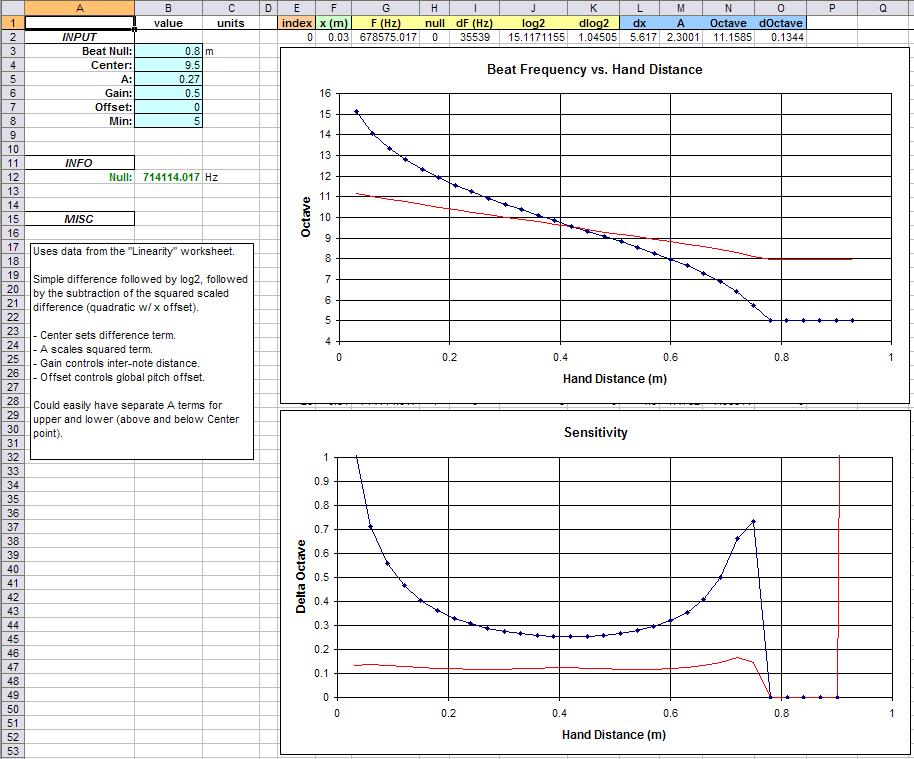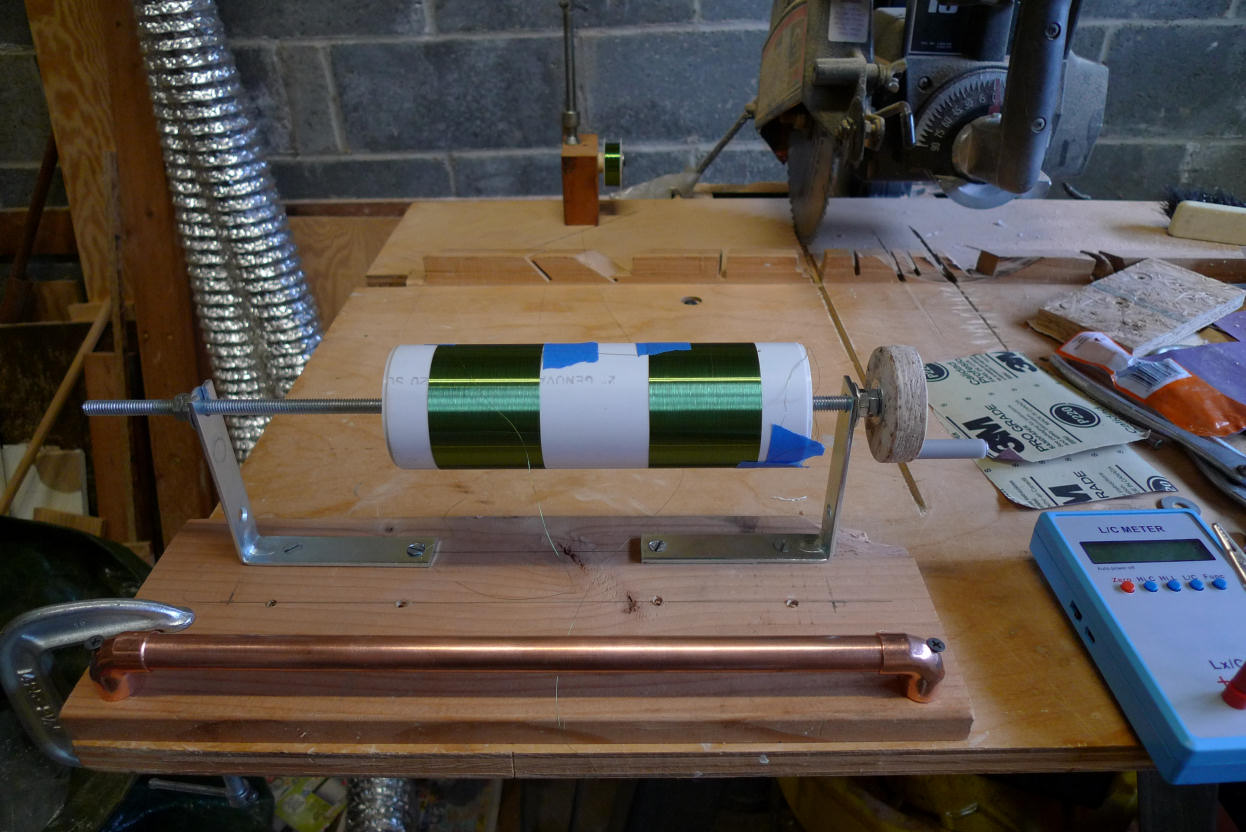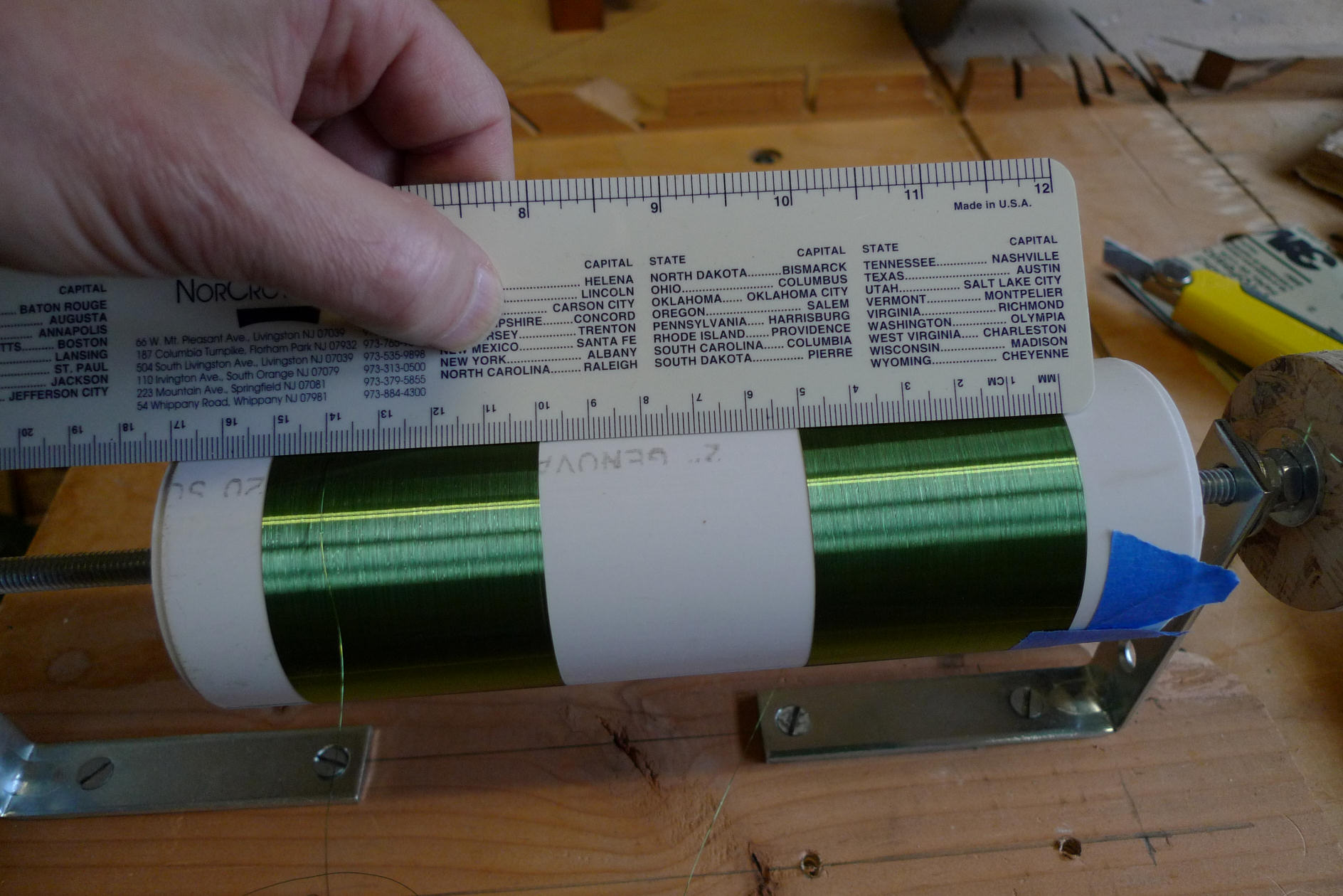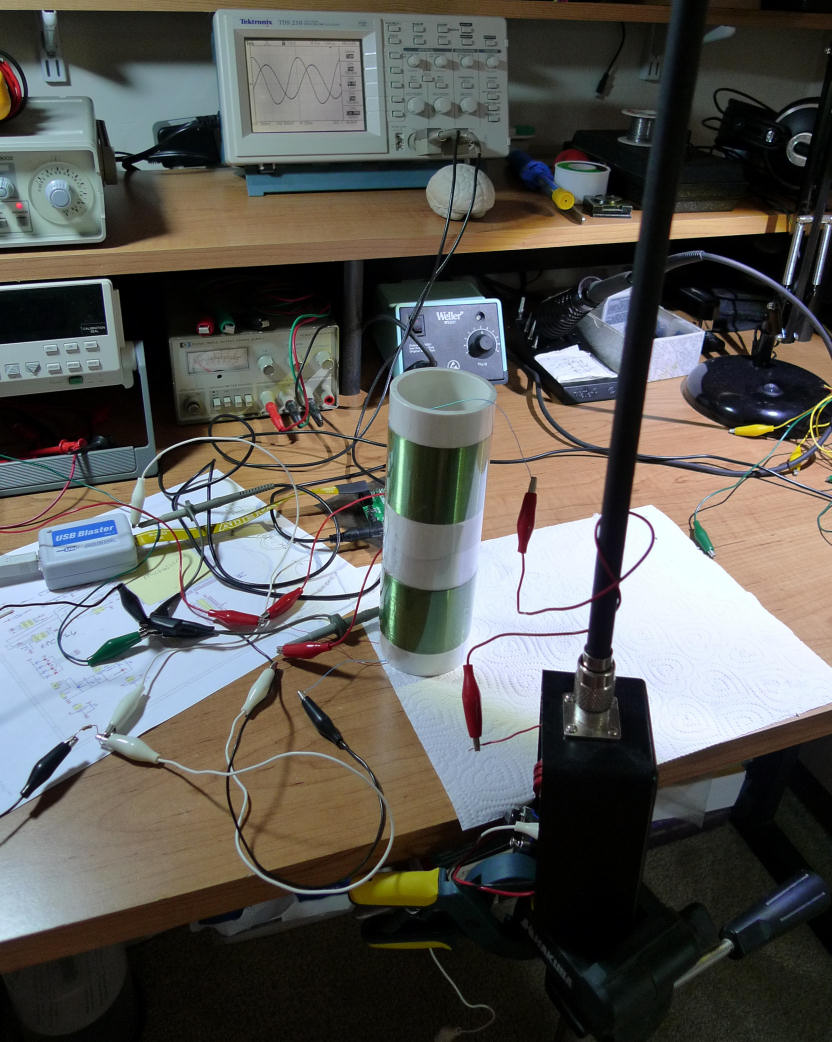"And Fred, you are a patenting fiend (with excellent ideas to back them up)!"
Lol ;-) .. A few years ago filing the initial patent application in the UK became on-line and free, but prior to that, each application + recorded postage etc cost me about £15.. Then there is the time drafting the patent specification to comply with the requirements - Calculating all the factors (including my time at the wages I was on) I recon each application cost me at least £100.
Revenue return has been in the order of about £30k - could bump this up to about £100k if I factor in the fact that I got a mortgage based on a letter from one of my clients (back in the '80s) to the effect that I would get substantial royalty payments from them (these payments never materialized)..
If I had personally progressed any of my patents through the whole process, I recon that rather than being in credit, I would probably be a few hundred k more in debt than I am.
I think that the way I do it is probably the only way a solo inventor can get any return - use the patent system to establish the basis of a claim, then pass the idea (and any potential rights) to a prospective developer for an agreed fixed non-returnable sum, and (less important) royalties, with them owning your application and being entirely and exclusively responsible for how they proceed.
The probability that a patent will make any money is extremely small - the costs for worth-while filing and protection are extremely high.. and the chance that some unknown entity filed a similar application a week before yours, and is progressing this in parrallel with yours is a surprisingly major and undetectable risk... Its a killer!
One can go through all the searches, have your patent inspector pass everything, have paid your £100k+ for the processes leading to publication and granting of the patent - and a week after your patent is granted have this retracted because someone else with an earlier filing date has just completed their patent process and published. There is no way of knowing what other people are patenting until they publish.. so there is a window of uncertainty that can extend for a year or even sometimes more..
Let someone else with money to spare take that risk! - The crumbs that sometimes fall from the table of these people can be enough. One thing about these "crumbs" is that you never know when or if they will fall - in my case its almost been miraculous - every time that I have my back utterly against the wall with no hope in sight, an unexpected morsel drops in front of me and allows me to continue this stupid game for a little longer!
;-)
"as could higher resolution and faster capacitance measurement (timing two threshold like they do in MIDI keyboards)" - Dewster
Hey! - thats one of the things I am (experimenting with) doing on my volume loop (almost) - Well, im actually looking at rate of change with the thresholds following a median determined by integrating the hands Z position - so movement of the hand which is more rapid than this integration TC can cross either the threshold below the median, or the threshold above it, and return a value (velocity if you like)... I did have a volume loop which only output the change - thought about using this for a 'bowing' action... But I dont think its any good for a theremin - perhaps ok for a theremin cello..
Fred.





